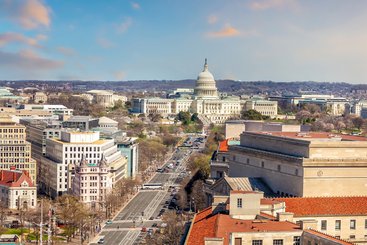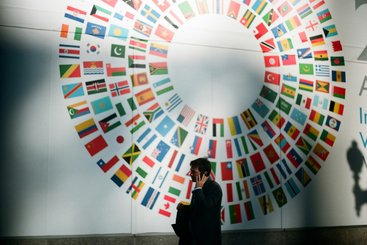Quality funding – funding that is flexible, predictable and multi-year – is increasingly being acknowledged as critical to improving the humanitarian system. Quality funding will be one of the two ‘enabling’ priorities of the next iteration of the Grand Bargain – the GB 2.0 – to be endorsed this week at its Annual Meeting.
Progress has been made, particularly over the last two years, as highlighted in analysis from the Humanitarian Policy Group (HPG) in this year’s Annual Independent Review (AIR). But despite Grand Bargain signatories’ best efforts, securing a substantive transformation of the humanitarian funding landscape is proving hugely challenging.
Barriers to quality funding and how to address them
To help signatories make further progress in the GB 2.0, the co-conveners of the Grand Bargain quality funding workstream conducted a survey to solicit the signatories’ views and experiences on this critical topic. HPG was asked to help analyse these responses and offer recommendations for future action. Here’s what we found.
The survey responses reinforced what we already know about the main barriers to quality funding, the actions needed to address them, and the views of different groups:
- Aid organisations argue that they do not receive sufficient quality funding to cascade more to frontline responders, while donors feel there is a lack of visibility as to how this money is spent.
- There is scope and a common desire from all actors to increase the proportion of quality funding, in particular through multi-year core unearmarked funding and programme-based approaches.
- Donors need to make their internal rules more flexible, while aid organisations must be more transparent in how they allocate funding and what impact it achieves.
Donors and aid organisations increasingly see this as a shared agenda rather than something just for donors to fix. They agree that their respective internal financial and administrative rules, and corporate cultures are the principal barriers to increasing the flow and distribution of quality funding. The survey and our consultations for the AIR show a strong desire across different groups to find pragmatic ways to navigate some of these long-standing obstacles.
Signatories acknowledge that quality funding is crucial to unlock other aspects of the Grand Bargain 2.0 agenda – to better support local responders, engage meaningfully with affected populations, invest in and scale-up innovations, work with development actors to secure more sustainable impact and to ultimately achieve a more effective and efficient humanitarian system.
Seven recommendations to increase quality funding
While the details of GB 2.0 are still being worked out, we make the following recommendations:
- Quality funding can take many forms – one size does not fit all. Signatories need to identify what options allow them to increase their provision and distribution of quality funding according to their own institutional circumstances. This will allow quality funding to flow with a minimum degree of control and oversight from donors and maximum flexibility and predictability for aid organisations.
- Core funding and programme-based approaches should increase, as should the use of pooled funds at global, regional and country level, while overhead costs should be provided as standard for local partners.
- The majority of donor signatories have already met, and in some cases significantly exceeded, the target of 30% of their funding allocated as ‘flexible’ (softly or unearmarked). Thus, there is scope to set a revised, more ambitious target – aid organisations suggested 50%.
- There should be a dialogue around ‘quality earmarking’, with donors and aid organisations working together to identify when earmarked funding is appropriate, based on how it can benefit affected populations.
- Aid organisations must increase the volume of quality funding they pass on to their partners, and the speed at which they do this, by setting individual targets and clarifying under what circumstances they cannot pass down funding under the same terms to civil society partners.
- Donors need to clarify what is missing from existing reporting, and what common expectations they have on visibility and transparency. Aid organisations must clarify how they can address these points without negatively impacting the speed and efficiency of their responses and their adherence to humanitarian principles.
- Building on the progress spurred by the Covid-19 response, all signatories that give grants should review their administrative and financial rules. They must determine how much flexibility is possible within existing arrangements and how they can adapt, for example by extending flexibility between budget categories and enabling electronic signatures and sign-offs.
Looking ahead
Realising the ambitions on quality funding that were set in 2016 is an enormous undertaking. The GB 2.0 offers an opportunity to reset and focus on finding pragmatic ways to navigate what are essentially political challenges. Signatories should capitalise on their five years of collaboration and increased momentum for change to drive forward their ambitions on quality funding.




